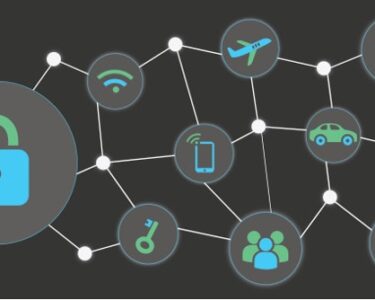
Cyber Threat Intelligence: Staying One Step Ahead of Hackers in 2024
Introduction:
In the rapidly evolving digital landscape, cyber threats have become increasingly sophisticated, making it crucial for organizations to stay ahead of hackers. Cyber threat intelligence (CTI) plays a pivotal role in protecting against these threats by providing early warnings, proactive defenses, and a comprehensive understanding of the threat landscape.
Understanding Cyber Threat Intelligence:
CTI is the collection, analysis, and interpretation of information about potential or active cyber threats. It helps organizations identify, assess, and mitigate risks by providing insights into:
- Threat actors: Their motives, tactics, and targets
- Vulnerabilities: Exploitable weaknesses in systems and software
- Emerging threats: Novel attacks or malware strains
- Cybercrime trends: Patterns and shifts in the threat landscape
Key Benefits of Cyber Threat Intelligence:
- Early Warning System: CTI enables organizations to receive timely alerts about potential threats, allowing them to take proactive measures before attacks occur.
- Improved Defense Posture: By understanding the tactics and techniques used by threat actors, organizations can strengthen their defenses and prioritize security investments.
- Informed Decision-Making: CTI provides valuable insights for risk assessments, incident response plans, and strategic security planning.
- Vendor Selection: CTI can help organizations select the most effective security solutions and services based on the threats they face.
- Compliance and Regulations: CTI supports organizations in meeting regulatory requirements and industry best practices related to cybersecurity.
Trends and Innovations in CTI for 2024:
- Artificial Intelligence (AI): AI-powered analytics will enhance the accuracy and speed of threat detection and prediction.
- Machine Learning (ML): ML algorithms will automate the analysis of vast amounts of threat data, uncovering complex patterns and anomalies.
- Cloud-Based CTI: Cloud-based platforms will provide a centralized repository for threat intelligence, facilitating collaboration and sharing among organizations.
- Open Source Intelligence (OSINT): Open source platforms and data will be increasingly leveraged to gather information on cyber threats and threat actors.
- Collaboration and Information Sharing: Partnerships between organizations, governments, and security vendors will foster information sharing and enhance the collective understanding of the threat landscape.
Best Practices for Cyber Threat Intelligence:
- Define Clear Objectives: Align CTI with specific security goals and objectives.
- Build a Strong Intelligence Team: Dedicate resources to cultivating a team of skilled analysts responsible for collecting, analyzing, and interpreting threat intelligence.
- Utilize Multiple Sources: Gather information from a variety of sources, including vendor feeds, open source platforms, and internal monitoring.
- Automate Processes: Employ automation tools to streamline the analysis and dissemination of threat intelligence.
- Integrate with Security Tools: Connect CTI with security solutions to enhance incident detection and response capabilities.
Conclusion:
Cyber threat intelligence is an indispensable tool for organizations looking to stay ahead of hackers in 2024. By embracing emerging trends, leveraging best practices, and investing in skilled analysts, organizations can gain a comprehensive understanding of the threat landscape and proactively defend against cybersecurity attacks.


